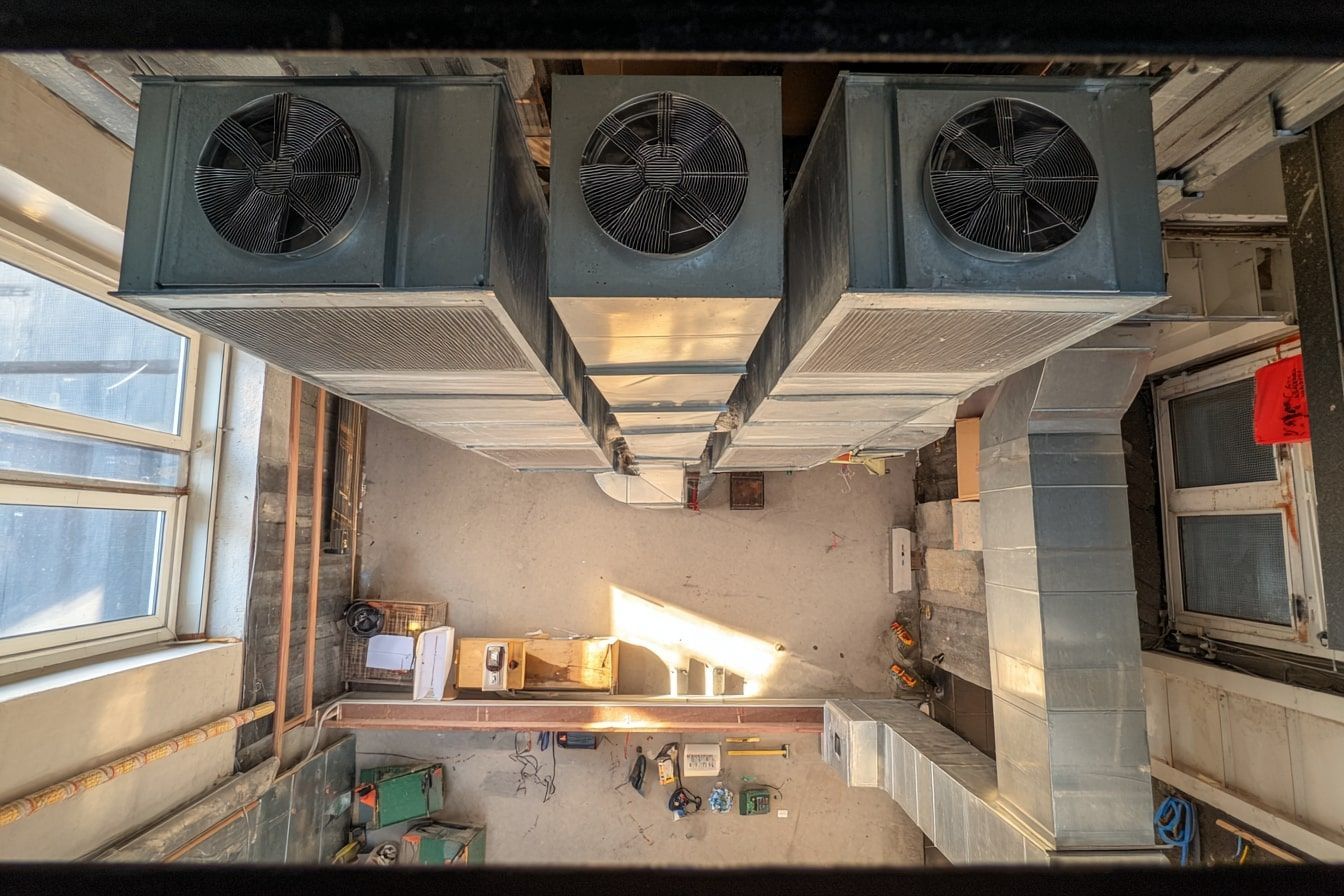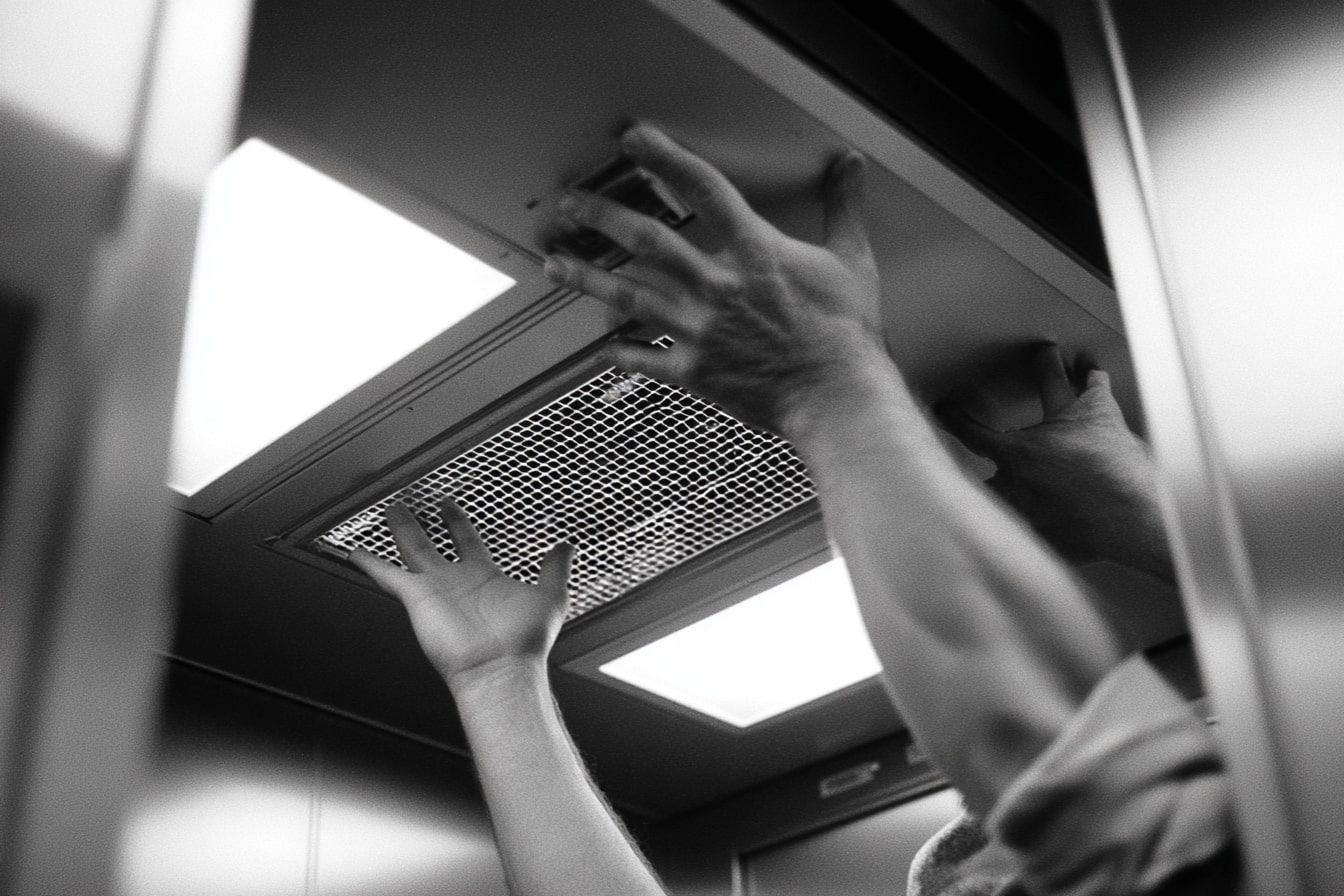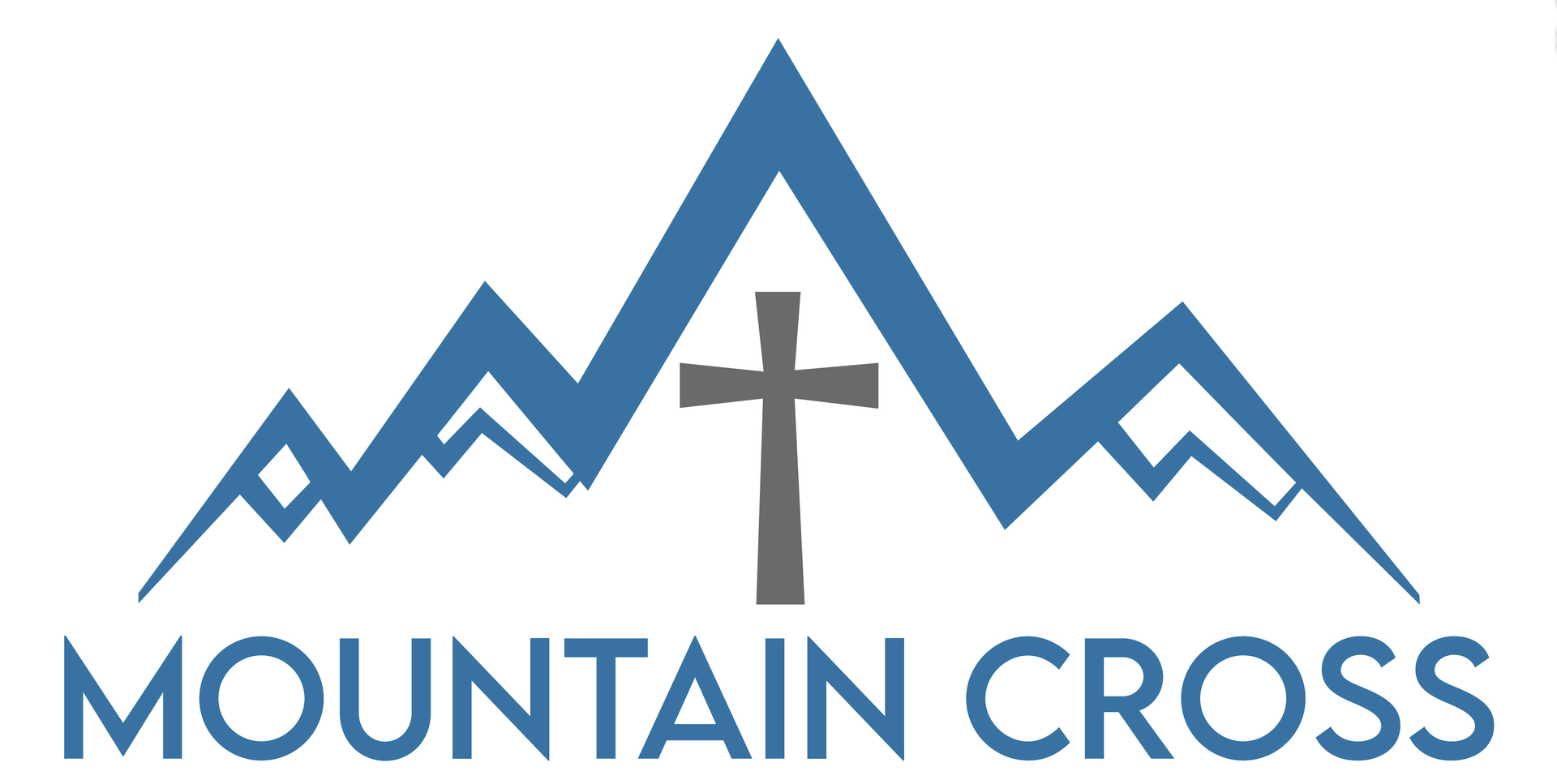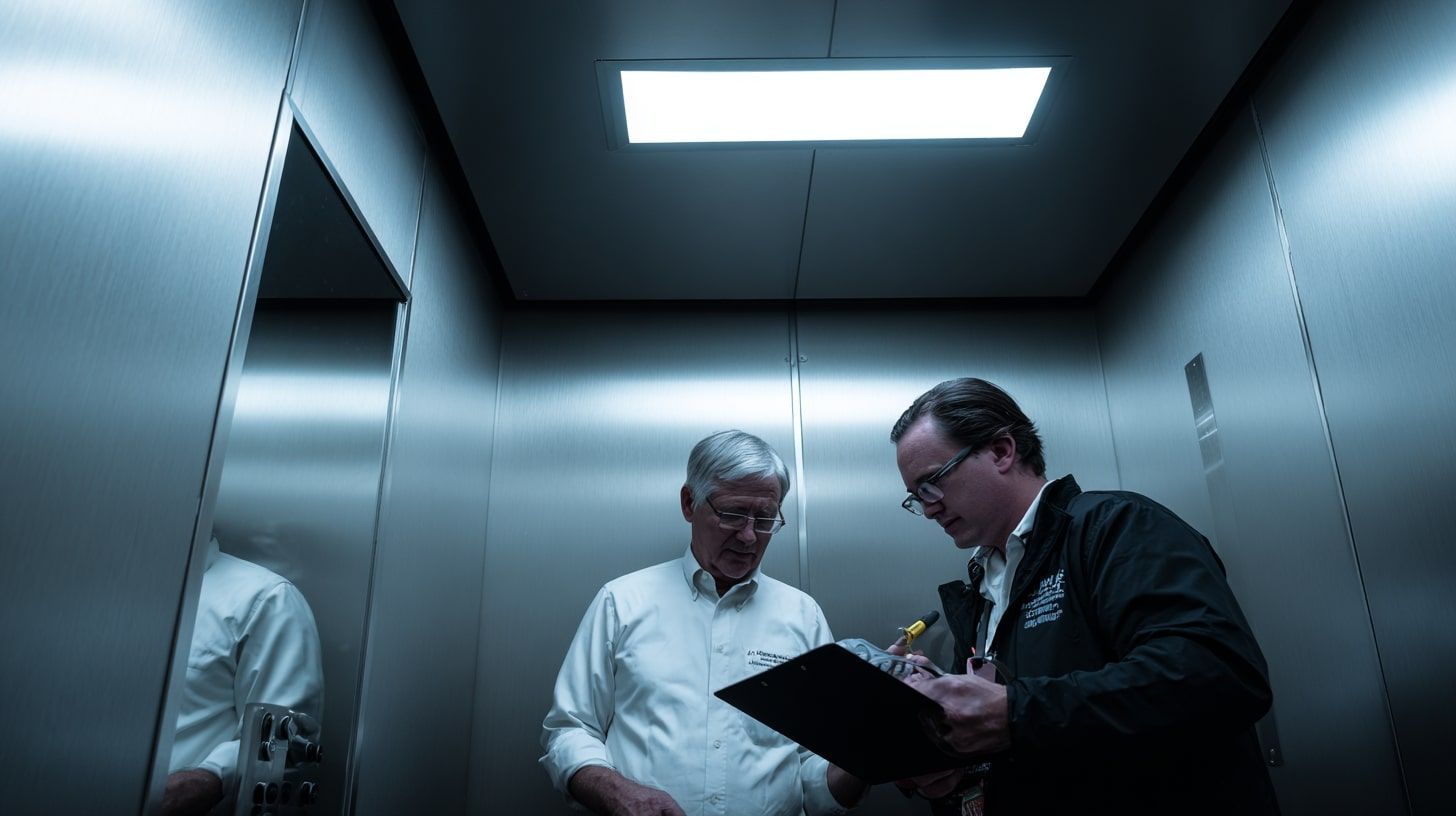Services
Elevator Air Quality and Ventilation Consulting
Expert Solutions for Building Safety
Elevator air quality is crucial for the health, comfort and safety of building occupants. Modern elevators require advanced ventilation systems to ensure proper airflow and meet building code standards. Proper elevator ventilation systems must provide approximately 8,000 liters of fresh oxygen while controlling temperature and removing airborne contaminants.
We provide expert analysis and optimization of elevator ventilation systems to ensure full compliance with ASHRAE standards and International Building Code (IBC) requirements. Our comprehensive services encompass mechanical airflow design, ventilation system engineering and equipment specifications for both new construction and retrofit projects.
We help building owners improve safety and comfort in elevators with air quality evaluations and custom ventilation strategies. Our approach blends technical precision with real-world expertise to deliver air quality solutions that safeguard occupants and optimize system efficiency.
Elevator Air Quality and Ventilation Consulting Fundamentals
Proper elevator ventilation requires precise engineering, technical expertise and deep knowledge of building codes. Our consulting approach combines airflow dynamics analysis with practical mechanical system integration to create safe, comfortable environments for building occupants.
Elevator Ventilation Codes and Compliance
Building codes mandate specific ventilation requirements for elevator hoistways and machine rooms under ASME A17.1 and local regulations. These standards ensure adequate air exchange rates and temperature control.
Modern elevator systems must maintain 1 CFM per square foot of outside air in cabin spaces. We verify compliance through detailed documentation and testing protocols.
Key regulations also address shaft pressurization, machine room climate control and emergency ventilation standards. Our team remains up to date with evolving code changes across all relevant jurisdictions to ensure full regulatory compliance.
Airflow Assessment and Contaminant Control
We measure CO2 levels, particulate concentrations and air exchange rates using calibrated testing equipment. Real-time monitoring helps identify ventilation deficiencies.
Common contaminant sources include
- Human occupancy and respiration
- Equipment heat loads
- Infiltration from other building areas
- Cleaning products and materials
Smart ventilation controls adjust fan speeds based on occupancy and air quality indicators. We recommend appropriate filtration levels using MERV ratings aligned with application needs.
Elevator HVAC and Mechanical System Integration
Elevator ventilation must coordinate with building HVAC systems for optimal performance. We analyze airflow patterns between shafts, mechanical rooms and adjacent spaces.
Temperature differentials and stack effect can significantly impact elevator ventilation effectiveness. Our engineering calculations account for these factors.
We specify
- Fan sizes and placement
- Duct routing and sizing
- Control system integration
- Energy-efficient motors and drives
Regular maintenance inspections ensure sustained ventilation system performance. We develop customized preventive maintenance schedules based on usage patterns.
Advanced Elevator IAQ Solutions and System Optimization
Elevators require continuous support to function flawlessly. Our Elevator Technical Support services offer round-the-clock assistance, ensuring your elevators operate smoothly day and night without disruptions.
Cabin Air Purification and Filtration Technologies
We integrate HEPA and MERV-13 filters into elevator cabins to capture particles as small as 0.3 microns. This includes dust, allergens, and potential pathogens.
UV-C sterilization systems mounted in the cabin ceiling provide an additional layer of air sanitization. These systems deactivate airborne microorganisms while being safely contained away from passengers.
Bipolar ionization technology works by releasing positive and negative ions that actively target airborne contaminants. This process breaks down volatile organic compounds (VOCs), neutralizes odors and causes harmful particles to cluster together—making them easier to capture and remove through standard filtration systems.
Fan Retrofit Strategies and Ventilation Upgrades
Variable frequency drive (VFD) fans offer precise airflow control while reducing energy consumption by up to 30%. These smart fans adjust speeds based on real-time cabin occupancy.
We replace outdated fixed-speed fans with energy-efficient EC motors that provide smoother operation and extended service life.
Place supply and return vents strategically to improve air circulation in the cabin, eliminate dead zones and ensure even distribution of fresh air.
Elevator Control and EMS Integration for Air Quality
Digital sensors monitor CO2, humidity and particulate levels in real-time. This data feeds directly into the building's Energy Management System (EMS).
Automated ventilation adjustments respond to changing conditions. The system increases air exchange rates during peak usage and reduces them during low-occupancy periods.
We program custom alarm thresholds to alert facility managers when air quality parameters fall outside acceptable ranges. Mobile notifications enable quick response to potential issues.
API integration allows the air quality system to communicate with existing building automation platforms. This creates a unified approach to managing indoor environmental conditions.

Frequently Asked Questions
Professional elevator ventilation consulting addresses critical indoor air quality needs while ensuring regulatory compliance and occupant wellbeing. Proper ventilation design, monitoring, and maintenance directly impact the health and safety of building occupants.
What air quality standards do elevators need to meet for ASHRAE 62.1 compliance?
Elevators must maintain a minimum ventilation rate of 1.0 cubic feet per minute per square foot of cabin floor area under ASHRAE 62.1 standards.
This requirement ensures adequate fresh air exchange during operation and helps prevent the buildup of CO2 and other contaminants.
The code also specifies maximum allowable CO2 concentrations of 1,000 parts per million in occupied elevator cabins.
How does poor elevator ventilation affect building occupants and operation?
Inadequate elevator ventilation can cause headaches, fatigue and respiratory discomfort among passengers and frequent users.
Poor airflow creates stagnant conditions where airborne contaminants accumulate and spread between floors through the elevator shaft.
These issues often lead to increased tenant complaints, reduced property values and potential liability concerns for building owners.
What processes are involved in a comprehensive elevator air quality assessment?
We conduct detailed airflow testing using calibrated instruments to measure ventilation rates, air pressure differentials and contaminant levels.
Our team analyzes fan performance, filtration systems and shaft pressurization to identify ventilation deficiencies.
Documentation includes thermal imaging, particle counting and CO2 monitoring during peak usage periods.
Can HEPA and MERV filters be integrated into existing elevator systems, and how?
Most elevator ventilation systems can be modified to accommodate high-efficiency filtration through custom mounting brackets and housing adaptations.
MERV-13 filters offer an effective balance of particle capture and airflow resistance for typical elevator applications.
HEPA integration requires careful engineering to ensure adequate airflow capacity and prevent system strain.
What are the signs that indicate the need for a professional elevator ventilation consultation?
Persistent odors, stuffiness or temperature inconsistencies in elevator cabins signal potential ventilation problems.
Visible dust accumulation around vents or frequent passenger complaints about air quality warrant professional assessment.
Outdated or noisy ventilation equipment often indicates the need for system evaluation and possible upgrades.
What specific benefits do ventilation experts provide for commercial elevator environments?
We identify cost-effective solutions to improve air quality while reducing energy consumption through targeted system modifications.
Our expertise helps buildings maintain compliance with current ventilation codes and standards.
Professional consultation reduces liability risks by documenting air quality conditions and improvement recommendations.
Let’s Make Your Elevators Breathe Easy
Your elevators shouldn't feel like hotboxes—or cold tombs. Stop guessing and start consulting.
Schedule a ventilation assessment today and discover how clean, compliant elevator air can improve safety, tenant experience and property value.




